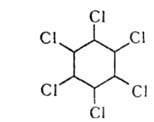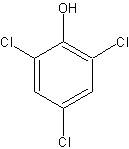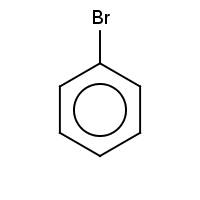Задать 15 вопросов к этому тексту: The main distinction in the table is between metals and non-metals Metals are cearly separated from non- metals. The non-metals are grouped into the top right- hand region of the table, above the thick stepped line in Figure 3.2 One of the first uses of the Periodic Table now becomes clear. Although we may never have seen N Kample of the element hafniurn (Hf), we know from a glance at the table that it is a metal. We may also be able to predict some of its properties, Metals and non-metals There are 94 naturally occurring elements. Some are very rare Francium, for instance, has never been seen. The radioactive metals neptunium and plutonium, which we make artifically in quite large amounts, occur only in very small (trace) quantities naturally. Most of the elements (70) can be classified as metals Together they form a group of elements whose structures are held together by a particular type of bonding between the atoms. The metals have a number of physical properties that are broadly the same for all of them (Table 3.2, overleaf). The chemical properties of metals and non-metals are also very different, as is the type of bonding present in their compounds. The distinction is therefore a very important one. The Periodic Table does not list substances such as steel, bronze and brass, which in everyday terms we call metals and which share the pruperties listed for metals. They are not elernents! They are in fact alloys, mixtures of elements (usually metals) designed to have properties that are useful for a particular purpose. Non-metals are a less uniform group of elements. They show a much wider range of properties. This reflects the wider differences in the types of structure shown by non-metals.





1)2е8е8е1е - это калий(K)
Элемент главной подгруппы первой группы, четвёртого периода периодической системы химических элементов Менделеева, с атомным номером 19.Химически активен, является сильным восстановителем.
Оксид калия K2O — бледно-жёлтое, иногда бесцветное, редко встречающееся вещество. Содержится в некоторых видах удобрений и цемента.
2)Zn(цинк)-ZnO()оксид цинка)-ZnSO4(сульфат цинка)-Zn(OH)2(гидроксид цинка))
1.Zn + H2O(пар) = ZnO + H2
2.ZnO + H2SO4 = ZnSO4 + H2O
ZnO+2H(+)+SO4(2-)=Zn(2+)+SO4(2-)+H2O
3.ZnSO4 + 2NaOH(разб.) = Zn(OH)2↓ + Na2SO4(реакция обмена)
3) Ca(OH)2+K2CO3=2KOH+CaCO3↓